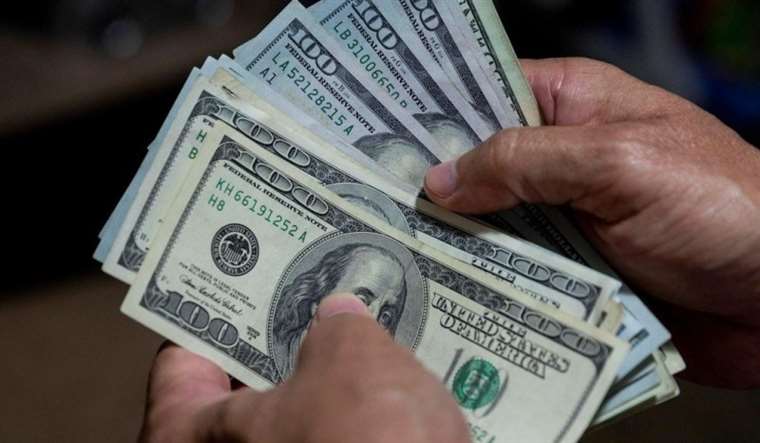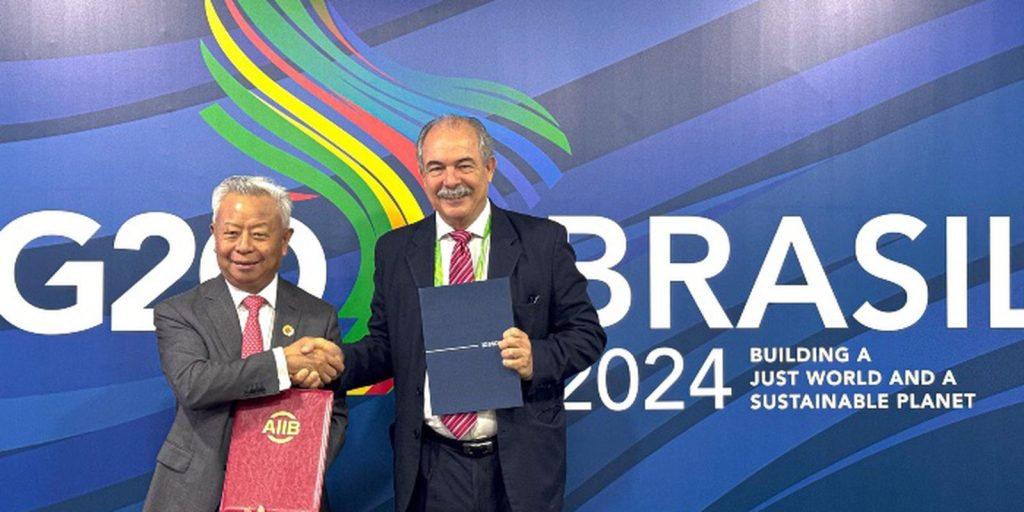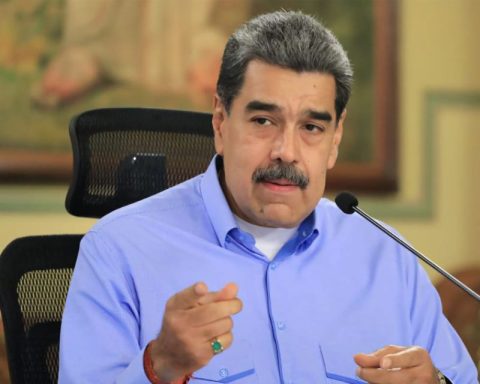November 18, 2024, 10:54 PM
November 18, 2024, 10:54 PM
Bolivia has an external debt that reaches 26.8% of the Gross Domestic Product (GDP) as of September of this year, which is below of the 50% threshold of the Andean Community (CAN)and complies with the payment to its creditors, reported the Vice Minister of Budget and Fiscal Accounting, Zenón Mamani. The external debt amounts to $us 13,333 million at the end of September of 2024.
With this, the Government rejected the statements of the president of the Chamber of Senators, Andrónico Rodríguez, who assured that the country’s external and internal debt amounts to close to 30,000 million dollars and that, during the Luis Arce government, “there has not been any absolutely nothing of the 2025 patriotic agenda has been directed.”
But according to the vice minister, Arce received the country in November 2020 with a foreign debt that represented 33% of GDP. He even maintained that the president’s management reduced the country’s external commitments.
“We have started with a debt in 2020 of 33% in relation to the domestic product and we have reduced it to 26.8% registered as of September 2020. And this is responsible management of public debt,” he explained.
Official data show that the country’s external debt, in 1986, represented 99% of GDP, between 1990 and 1993, during the Government of Jaime Paz Zamora it was, on average, in the order of 70%.
In the Government of Gonzalo Sánchez de Lozada, between 1994 and 1997, recorded, on average, between 75% and 57% of GDPwhile in Jorge Quiroga Ramírez’s it reached 55%. From these, the external debt represents an average between 2002 and 2005 of 55%.
Mamani explained that the reduction of external debt from 33% to 26.8% With respect to GDP, it responds to an increase in production, as an effect of the public investment carried out in the last four years.
As of December 2023, the country achieved a nominal GDP of $us 45,464 million.
GDP is the representation of the final result of the productive activity of the total resident production units of a country, andn a certain time with the concurrence of factors of productionowned by residents and non-residents, and valued in monetary units.
The vice minister assured that Bolivia’s external debt is “below the thresholds indicated by the Andean Community of Nations” which places it at 50% with respect to GDP, like other international organizations.
“Bolivia maintains responsible public debt management. We have a debt that is mainly oriented to the issue of productive investment and there we ask (approve credits) to the Plurinational Legislative Assembly, where more than 2.2 billion dollars are pending approval to the issue of productive investment and infrastructure, mainly,” he demanded.
He also assured that the country complies with the payment of the public debt in accordance with the commitments assumed with the financial organizations.
According to official data from the Ministry of Economy and Public Finance, from January to September 18, the country paid $us 1,051 million, which is equivalent to 75% of the external debt service programmed for the 2024 administration.


















